The Pacific Northwest stands as America’s adventure playground, a verdant wonderland where towering mountains meet rugged coastlines and ancient forests shelter pristine waterways. This region—encompassing Washington, Oregon, and parts of Idaho and British Columbia—offers outdoor experiences that range from serene to adrenaline-pumping, all set against breathtaking natural backdrops.
From volcanic peaks to temperate rainforests, the landscape itself becomes a character in any Pacific Northwest adventure. Here is a list of 18 exceptional outdoor experiences that showcase the unparalleled natural diversity of the Pacific Northwest.
Hiking the Enchantments
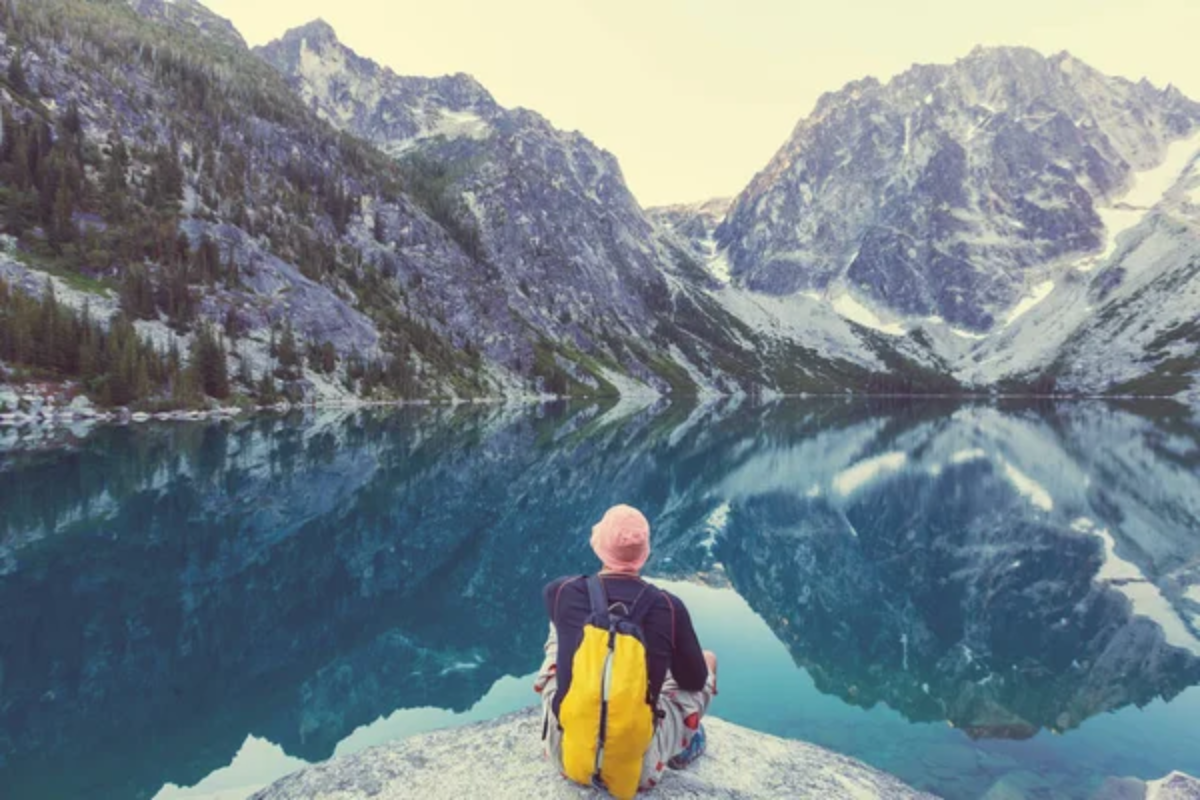
Tucked away in Washington’s Alpine Lakes Wilderness, this challenging 18-mile trail traverses a rugged landscape that seems transported from another world. Crystal-clear lakes with colors ranging from emerald to turquoise nestle beneath jagged granite peaks while mountain goats navigate precarious slopes with casual confidence.
The full through-hike demands serious endurance and preparation, climbing nearly 4,500 feet in elevation through terrain that remains snow-covered well into summer. Those lucky enough to secure the highly competitive overnight permits can split the journey between designated camping zones, waking to alpenglow illuminating the surrounding peaks. Day hikers can sample the magic from either trailhead, though the experience proves substantially more demanding without an overnight stay.
Sailing the San Juan Islands
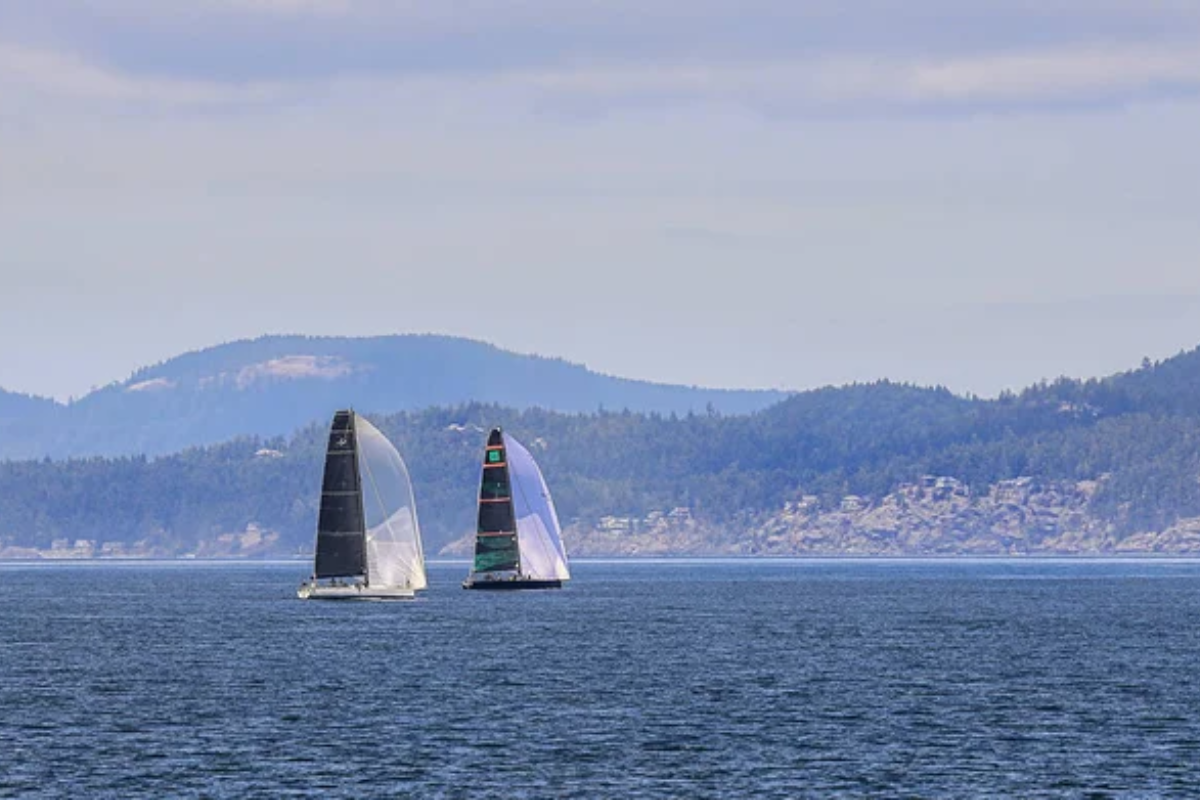
Washington’s archipelago creates a protected maritime playground where orcas breach between densely forested islands and harbor seals bask on rocky outcroppings. Over 170 named islands and reefs comprise this nautical wonderland, with conditions ranging from placid channels to challenging tidal currents that demand respect and navigation skills.
Sailors can explore remote coves inaccessible by road, anchor in tranquil bays beneath towering madrone trees, and spot marine wildlife from the unique perspective of their vessel. The islands’ position in the Olympic rain shadow ensures surprisingly sunny conditions during summer months, while prevailing northwesterly winds provide reliable sailing conditions. Charter companies throughout the region offer vessels ranging from classic sloops to modern catamarans for those without theirown boats.
Like Travel Pug’s content? Follow us on MSN.
Mountain Biking in Oakridge
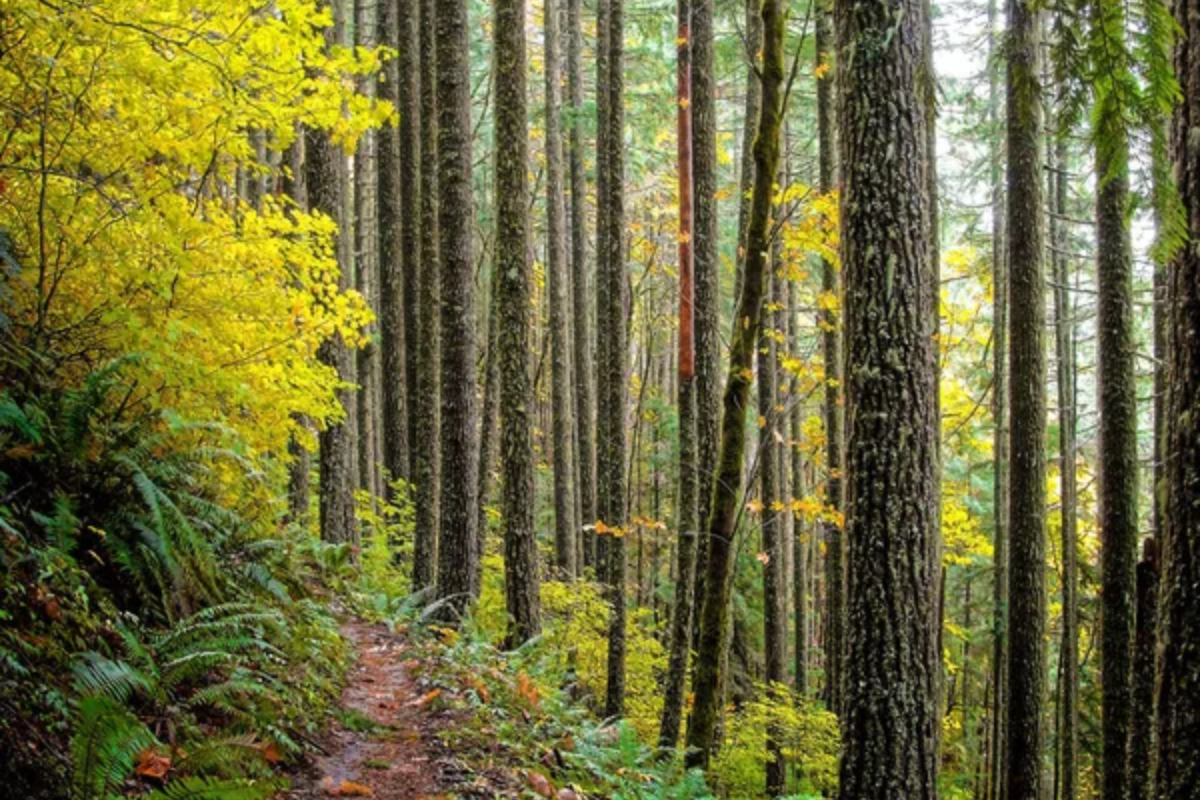
This former logging town in Oregon’s Willamette National Forest has transformed into the Pacific Northwest’s mountain biking mecca, with hundreds of miles of trails cutting through old-growth forests and along crystal-clear rivers. The Alpine Trail stands as the crown jewel, descending 3,500 feet over 13.5 miles with breathtaking viewpoints and flowing singletrack that blends technical challenges with pure speed sections.
Unlike desert riding destinations, Oakridge trails feature loamy soil, moss-draped trees, and countless stream crossings that create a verdant backdrop for two-wheeled adventures. The extensive trail network accommodates riders from beginners to experts, with local shuttle services eliminating grueling climbs for those focused on downhill thrills.
Climbing Mount Rainier
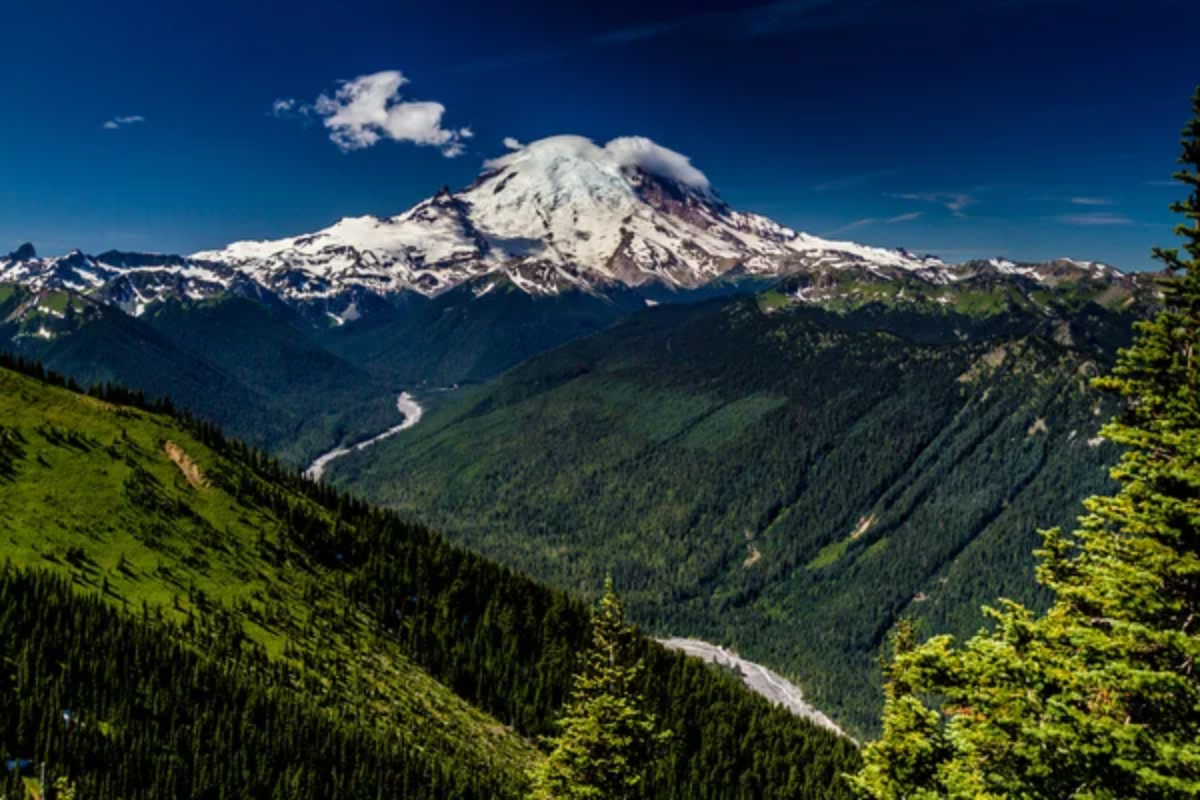
Washington’s iconic 14,411-foot volcano presents the ultimate Pacific Northwest mountaineering challenge, combining technical glacier travel with extreme elevation. The standard Disappointment Cleaver route involves navigating massive crevasses, crossing aluminum ladders over seemingly bottomless ice gaps, and battling altitude effects during the final push to the summit.
Most climbers spread the adventure across two days, overnighting at Camp Muir (10,188 feet) before departing around midnight for the summit attempt. The mountain’s notorious weather can change dramatically within hours, requiring climbers to possess both technical skills and good judgment about when to proceed and when to turn back. The reward for successful summiters includes standing on an active volcano with views stretching from Mount Baker to Mount Hood on clear days.
Surfing the Oregon Coast

The rugged Oregon coastline offers uncrowded waves and spectacular scenery for surfers willing to brave the North Pacific’s chilly waters. Short Sands Beach in Oswald West State Park creates a perfect introduction with a protected cove surrounded by old-growth forest, while more experienced surfers challenge themselves at Pacific City’s Cape Kiwanda with its powerful beach break and distinctive haystack rock offshore.
Unlike warmer destinations, Oregon surfing requires serious wetsuits (5/4mm with hood, gloves, and booties in winter) and awareness of rapidly changing conditions that can transform gentle rollers into serious overhead waves with little warning. The ever-present coastal fog and mist add a mystical quality to dawn patrol sessions, with summertime often providing the most consistent conditions despite popular misconceptions.
Like Travel Pug’s content? Follow us on MSN.
Backpacking the Olympic Coast
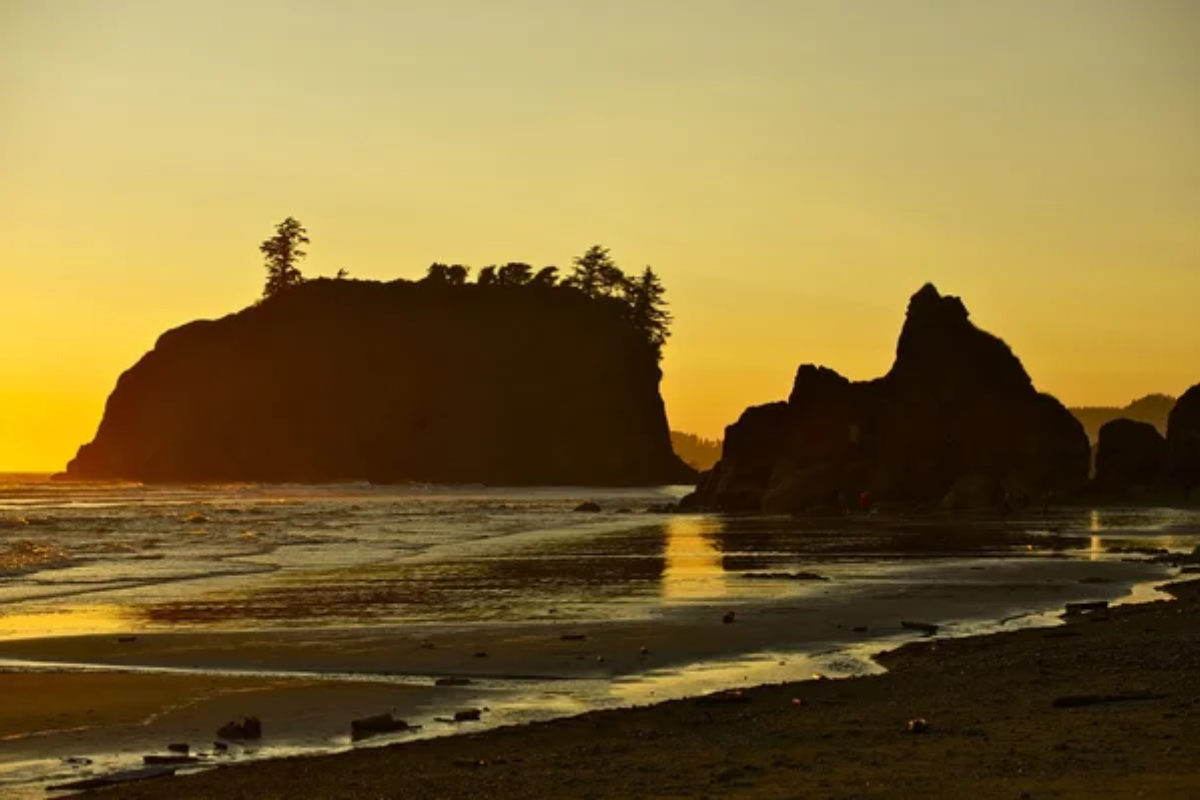
Washington’s wilderness coastline preserves an ancient landscape where powerful waves crash against sea stacks, and bald eagles soar overhead. The 73-mile stretch between Shi Shiite Beach and the Quinault River offers multiple backpacking options ranging from weekend excursions to weeklong expeditions. Unlike other coastal hikes, this route requires careful tide timing, as several headlands become impassable at high tide, forcing hikers to either climb steep overland trails or wait for the waters to recede.
The payoff includes camping on remote beaches where the only footprints might be your own, watching spectacular sunsets from driftwood seats, and experiencing the raw power of the Pacific Ocean without development interrupting the natural rhythm. Encounters with marine wildlife, from sea otters to migrating whales, enhance the wilderness experience.
Whitewater Rafting the Deschutes River

Central Oregon’s high desert playground features the Deschutes River, whose reliable water flows and varied rapids create perfect conditions for multiday rafting adventures. The lower section’s 100 miles between Warm Springs and Heritage Landing offer exceptional whitewater experiences ranging from splashy Class II to challenging Class IV rapids like Whitehorse and Boxcar.
Between adrenaline-pumping whitewater sections, flat stretches allow appreciation of the dramatic desert canyon landscape where golden eagles nest on basalt cliffs, and deer come to drink at the river’s edge. The river’s reliable summer flows—unlike many western rivers that diminish to trickles by August—make it perfect for late-season trips when temperatures remain warm and crowds thin out. Outfitters provide guided trips for all experience levels, though private permits remain available for experienced boaters with their equipment.
Backcountry Skiing at Mount Baker
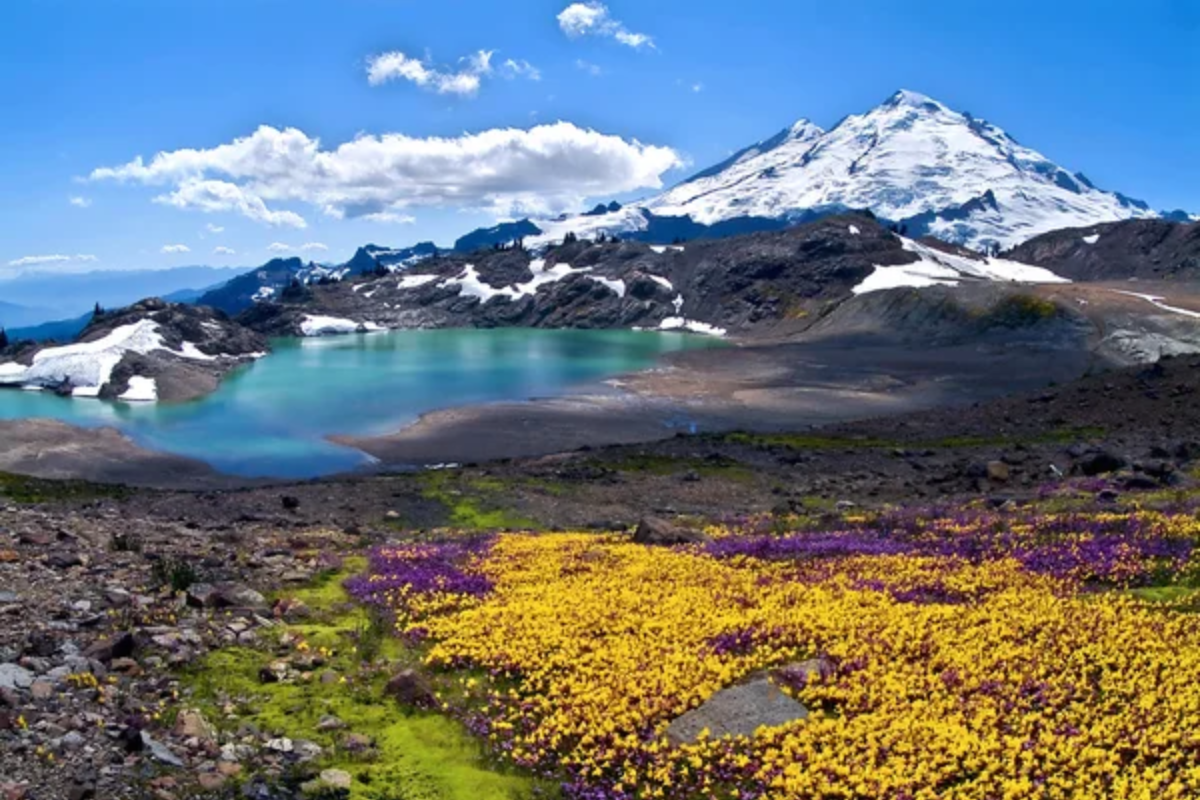
Washington’s snowiest destination holds the world record for seasonal snowfall (1,140 inches in 1998-99) and offers exceptional backcountry terrain beyond its modest resort boundaries. The iconic Mount Baker Ski Area serves as the gateway to vast unpatrolled terrain, including the legendary Shuksan Arm, where experienced skiers and riders find untouched powder stashes and natural features days after storms. The area’s maritime snowpack typically stabilizes more quickly than interior mountain ranges, creating relatively safer avalanche conditions once storms clear.
Backcountry enthusiasts can access numerous tours from the resort’s upper parking lots, including the classic Mount Herman circuit and the challenging Swift Creek descent. The combination of enormous snowfall, stunning North Cascades scenery, and relatively easy access makes this area the Pacific Northwest’s premier backcountry ski destination.
Like Travel Pug’s content? Follow us on MSN.
Kayaking the San Juan Islands
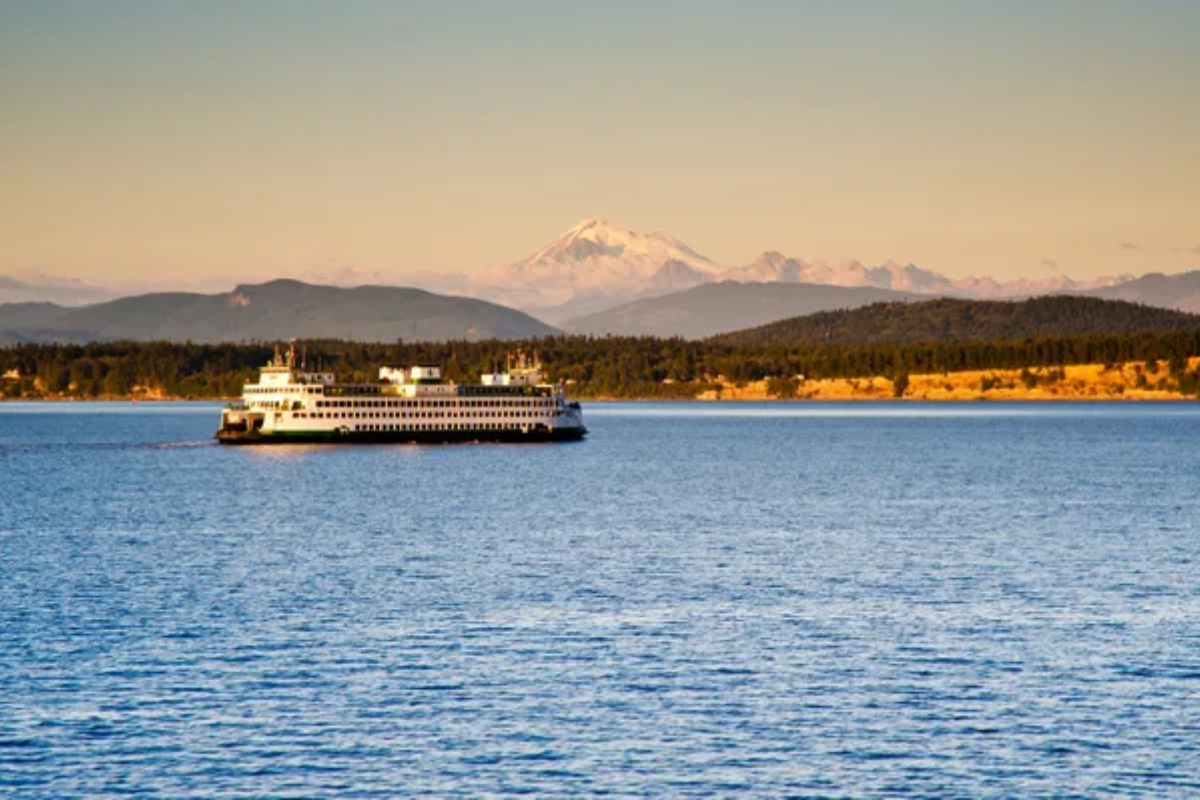
These protected waterways create ideal conditions for sea kayaking adventures, with abundant wildlife and dramatic landscapes visible from the water level. Multiday expeditions allow paddlers to circulate among the islands, camping at designated marine sites accessible only by water. The western shores of San Juan Island offer one of the world’s best opportunities to observe orcas from non-motorized craft, though paddlers must maintain the required distances from these endangered marine mammals.
The archipelago’s complex geography creates ideal conditions for paddlers of varying experience levels, from protected inner channels suitable for beginners to challenging crossings requiring advanced skills and careful planning around tidal currents. Numerous outfitters offer guided trips ranging from half-day excursions to weeklong expeditions, while experienced paddlers can rent equipment and chart their course through these magnificent waters.
Mountain Biking at Post Canyon
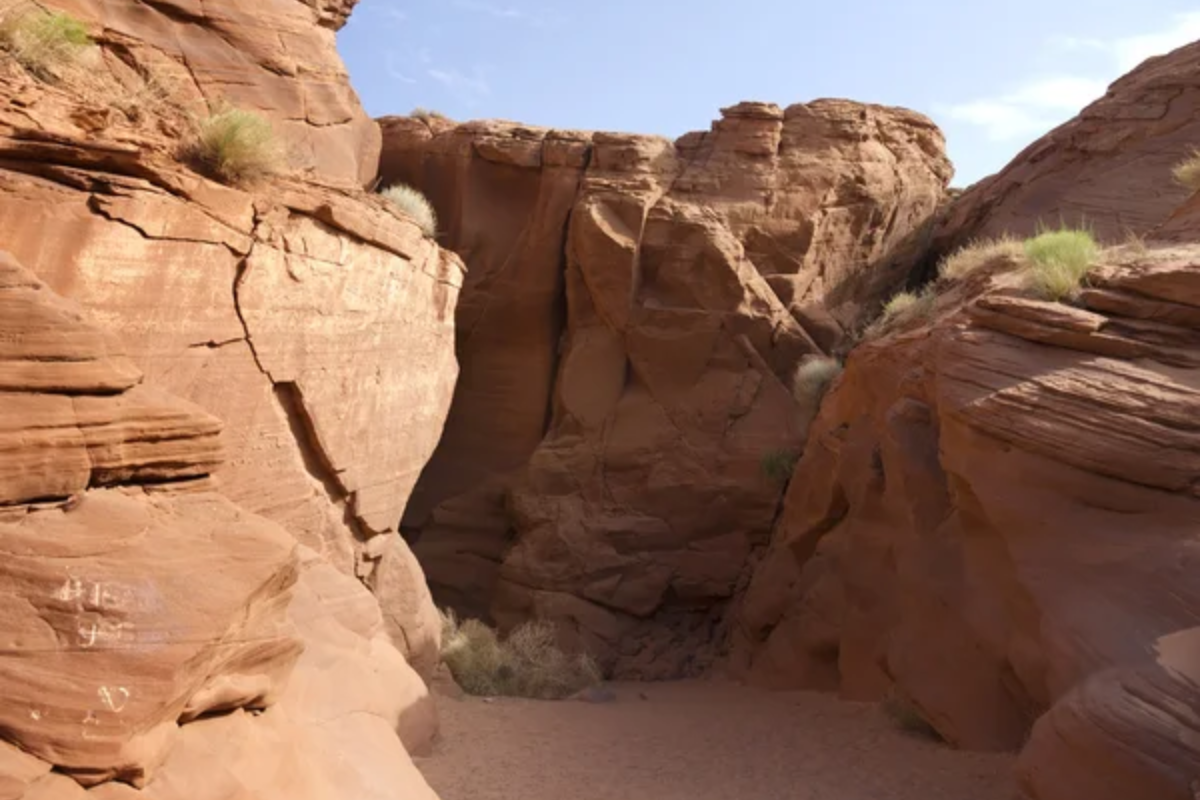
Just minutes from Hood River, Oregon, this trail network showcases the region’s best purpose-built mountain biking features amid spectacular Columbia River Gorge scenery. Unlike naturally-evolved trail systems, Post Canyon features intentionally constructed berms, jumps, wooden features, and flow trails designed specifically for mountain biking. The Family Man area provides a progression park where riders can develop skills before tackling more challenging terrain higher in the system.
Advanced riders challenge themselves on legendary features like Mitchell Ridge and Dirt Surfer, which combine technical difficulty with high-speed flow. The canyon’s unique microclimate often stays rideable even when surrounding areas receive snow, extending the riding season considerably. Local riding culture embraces trail maintenance and continuous improvement, with regular volunteer days enhancing the already exceptional network.
Soaking in Hot Springs
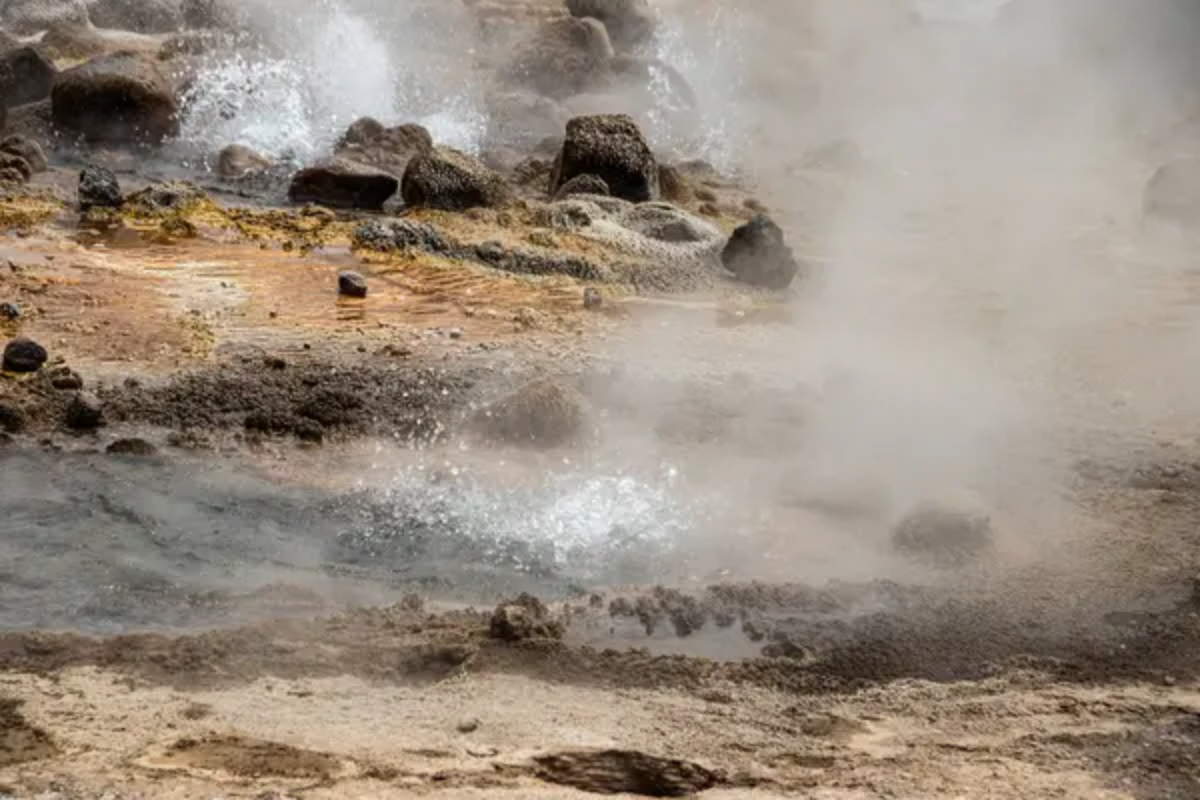
The Pacific Northwest’s volcanic activity has created numerous natural hot springs where thermal waters provide perfect relaxation after outdoor adventures. Oregon’s Bagby Hot Springs features hand-carved cedar log tubs nestled in old-growth forest, where soakers can adjust water temperature by mixing boiling spring water with cold creek water.
Washington’s Olympic Hot Springs offers more rustic pools in a wilderness setting requiring a 2.5-mile hike, while Idaho’s Burgdorf Hot Springs combines a historic resort atmosphere with spectacular mountain scenery. Each spring develops its own culture and etiquette, from clothing-optional wilderness pools to more developed family-friendly facilities. The therapeutic minerals in these geothermal waters have long been valued for their healing properties, creating perfect recovery opportunities after challenging outdoor pursuits.
Like Travel Pug’s content? Follow us on MSN.
Rock Climbing at Smith Rock
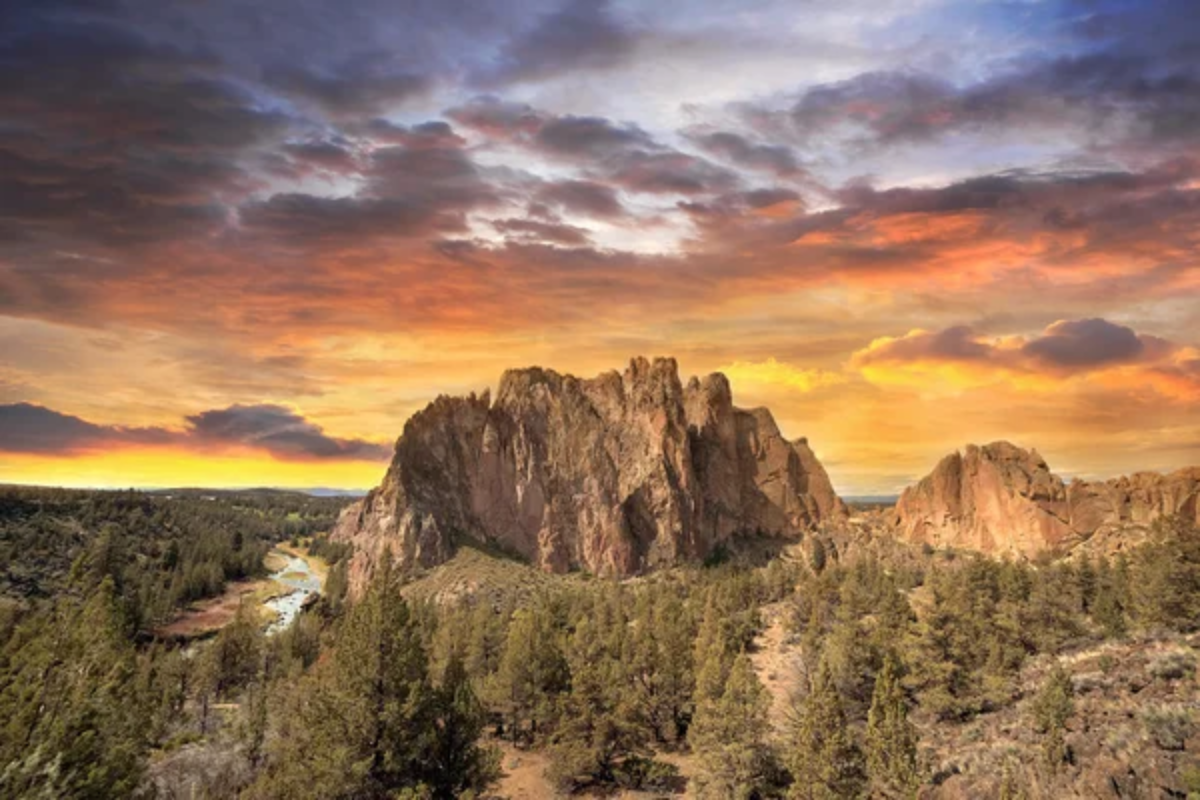
Central Oregon’s tuff and basalt cliffs pioneered American sport climbing in the 1980s and continue offering world-class routes for climbers of all abilities. The park’s distinctive spires and walls rise dramatically from the Crooked River canyon floor, with routes ranging from beginner-friendly 5.5 climbs to the iconic Monkey Face’s challenging 5.14 test pieces. The area’s dry climate allows year-round climbing, with winter mornings and summer evenings providing ideal temperatures when other seasons bring either extreme heat or cold.
The combination of solid rock, well-maintained routes, and stunning desert scenery makes Smith Rock a mandatory pilgrimage for rock climbers. The nearby camping area creates a community atmosphere where climbers from around the world share beta and stories around evening campfires after days spent on the distinctive orange and cream-colored walls.
Paddleboarding on Cascade Lakes
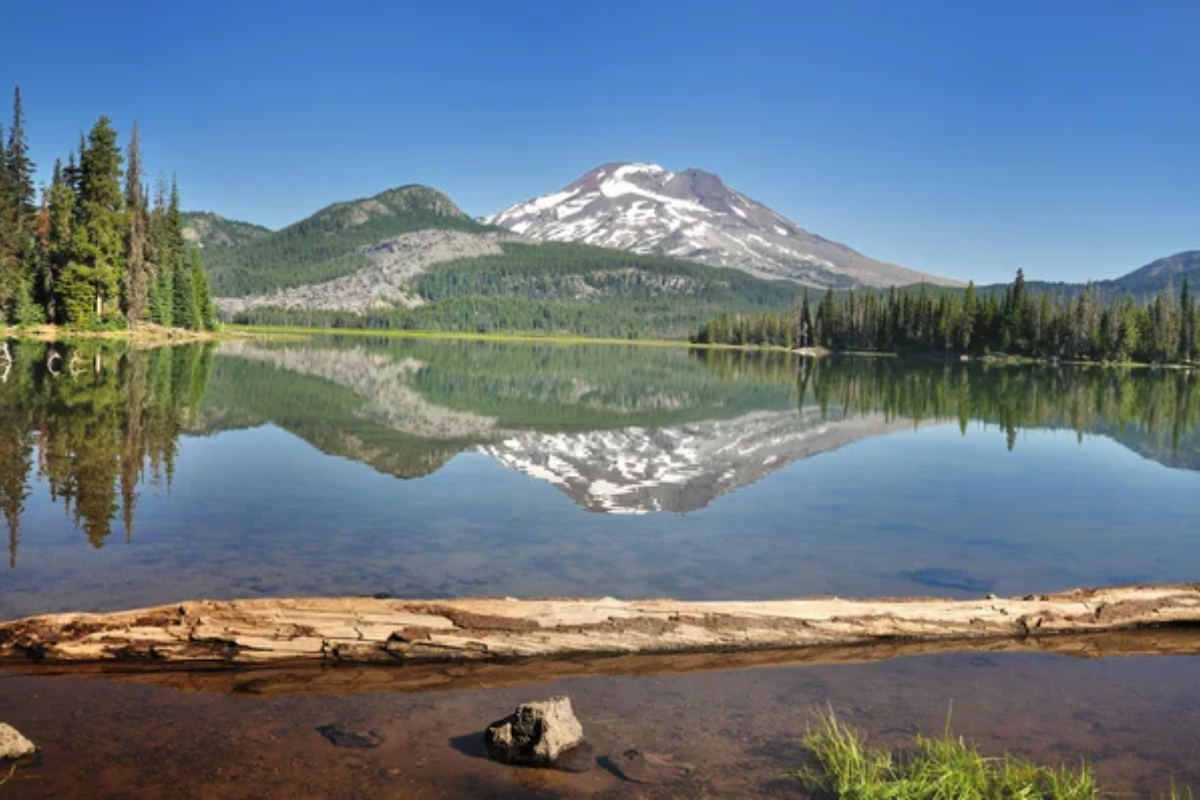
The pristine alpine lakes scattered throughout Oregon’s Cascade Mountains create perfect settings for stand-up paddleboarding adventures with spectacular mountain backdrops. Sparks Lake offers the quintessential experience, with South Sister and Broken Top volcanoes reflected in crystal-clear waters surrounded by lava fields and pine forests. Early mornings typically provide glass-like conditions before afternoon winds create challenges for newer paddlers.
The lakes’ high elevation (most sit above 5,000 feet) means water temperatures remain bracingly cold even in midsummer, but the clarity—you can often see 30 feet down—compensates for the chill. Wildlife viewing opportunities abound, from osprey diving for fish to deer drinking at lakeshores. The Cascade Lakes Highway southwest of Bend provides access to over a dozen stunning lakes within 30 minutes of each other, creating opportunities for multiple paddling adventures during a single trip.
Hiking the Wonderland Trail
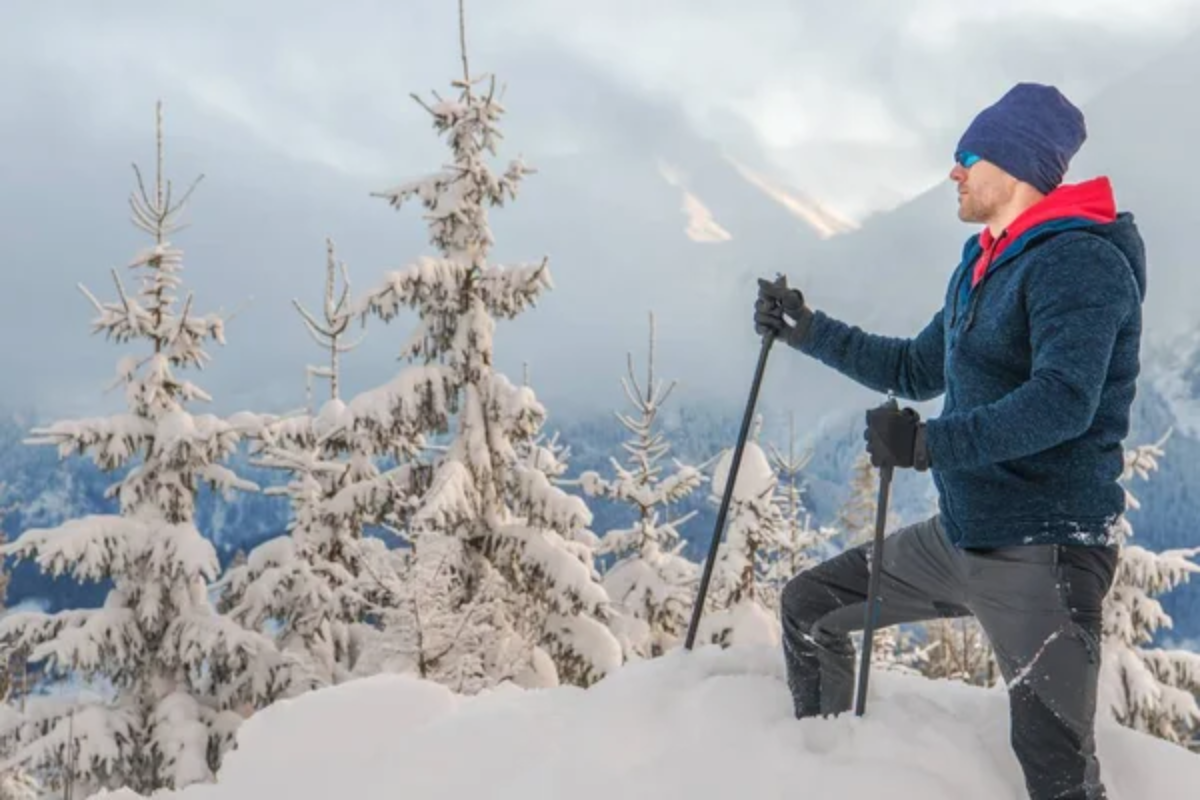
This legendary 93-mile path completely encircles Washington’s Mount Rainier, traversing wildflower meadows, ancient forests, and alpine passes while the massive volcano remains ever-present. The trail gains and loses nearly 22,000 feet of elevation as it crosses from deep river valleys to high ridges, creating one of America’s most challenging and rewarding long-distance hikes.
Most trekkers take 10-14 days to complete the loop, staying at designated wilderness camps that require competitive advance permits. The trail showcases the mountain’s different faces and ecosystems, from the subalpine paradise of Spray Park to the plunging waterfalls along Stevens Canyon. Each day brings dramatically different landscapes, though the mountain itself remains the constant companion, sometimes hidden by clouds only to reappear when you least expect it dramatically.
Like Travel Pug’s content? Follow us on MSN.
Kiteboarding the Columbia River Gorge
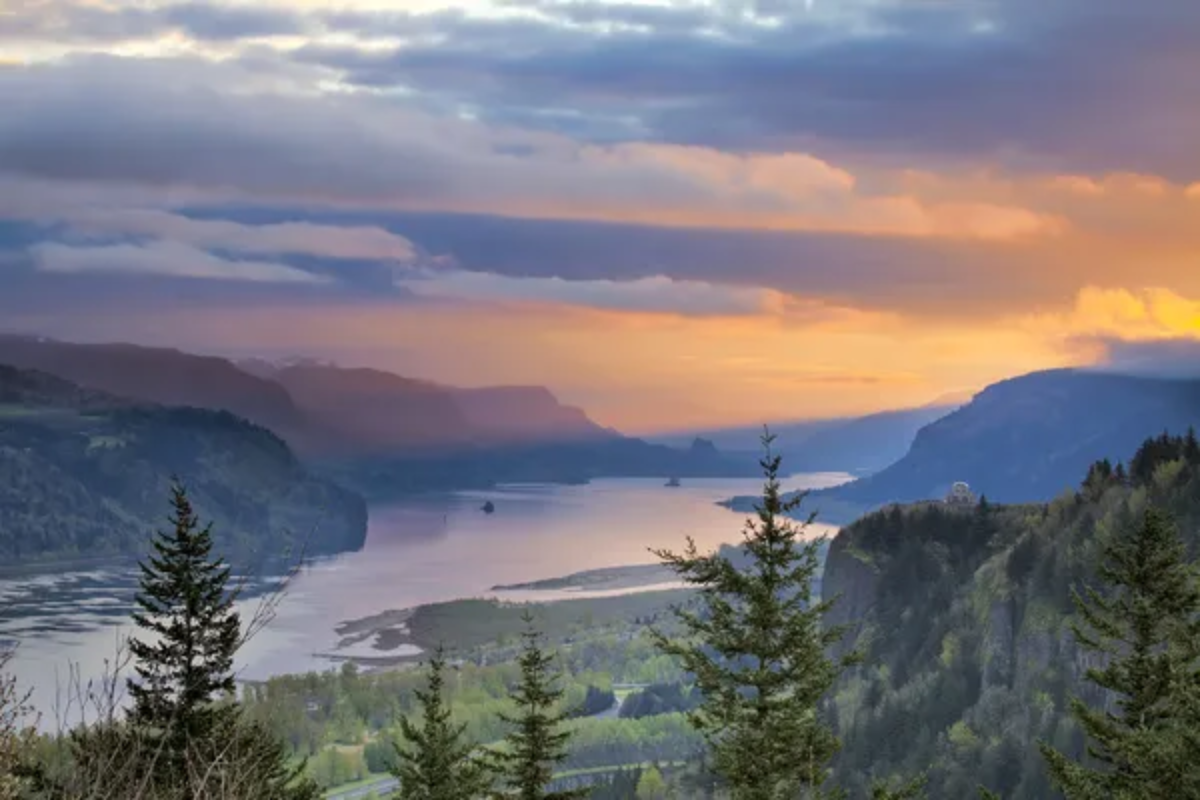
The narrow gap in the Cascade Mountains creates a natural wind tunnel that has transformed Hood River into North America’s premier kiteboarding destination. During summer months, consistent thermal winds funnel through the gorge at 15-30 knots, creating ideal conditions for this high-flying water sport. The Columbia River offers both the consistent winds kiteboarders crave and the expansive space needed for safety.
The Event Site in Hood River serves as the epicenter, where colorful kites fill the sky on breezy afternoons, and riders perform aerial tricks alongside massive cargo ships navigating the river. The combination of reliable wind, stunning scenery, and a community built around wind sports makes this area unique among kiteboarding destinations. Several schools offer instruction for beginners, while advanced riders challenge themselves in competitions that draw participants from around the world.
Hiking the Oregon Coast Trail
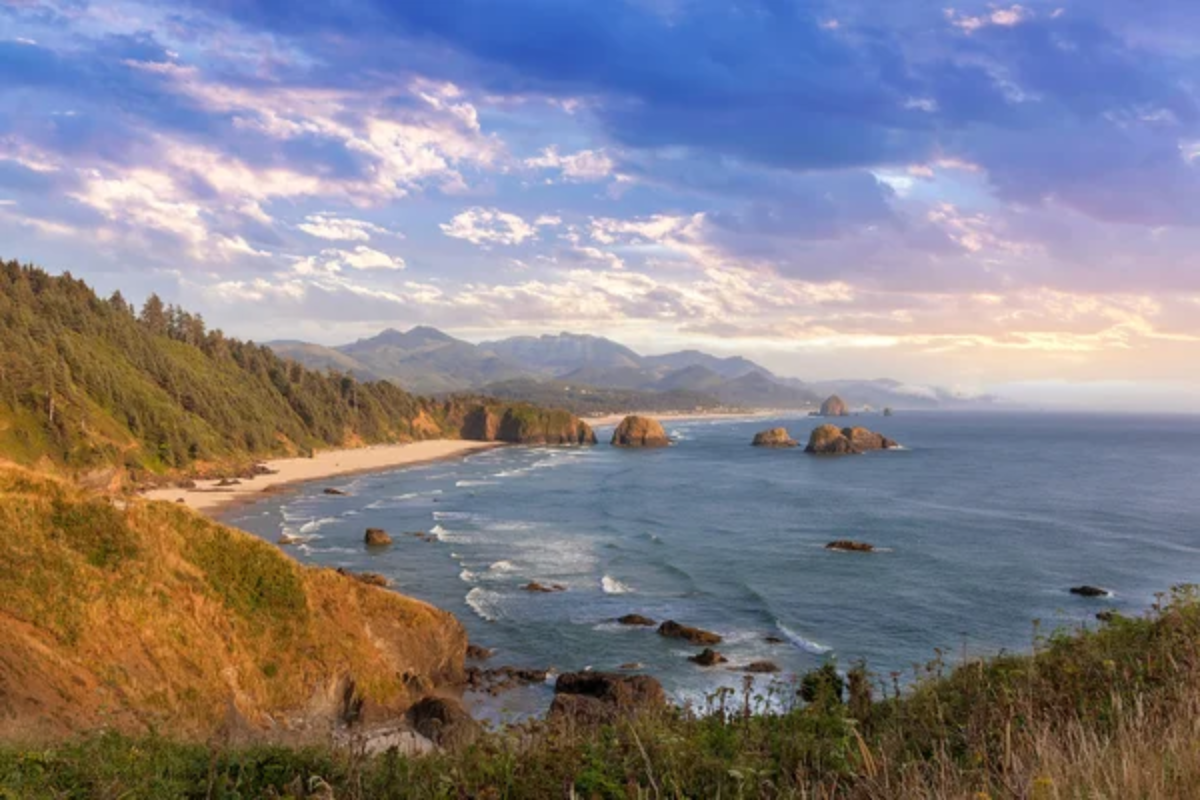
This ambitious 382-mile route traces the state’s entire coastline from the Columbia River to the California border, connecting beaches, headlands, and coastal forests into one spectacular journey. Unlike more remote trails, the OCT incorporates both wilderness stretches and charming coastal towns, allowing hikers to resupply regularly and occasionally enjoy restaurant meals and proper beds. The northern section features dramatic cliffs and viewpoints, while the southern portion showcases remote beaches and the largest coastal dunes in North America.
The trail’s variety proves both challenging and accessible—hikers can tackle it in sections or commit to the entire route, which typically takes about a month to complete. The dynamic coastal environment ensures no two days feel the same, with ever-changing tides, weather patterns, and marine wildlife creating constant variety.
Fishing the Deschutes River
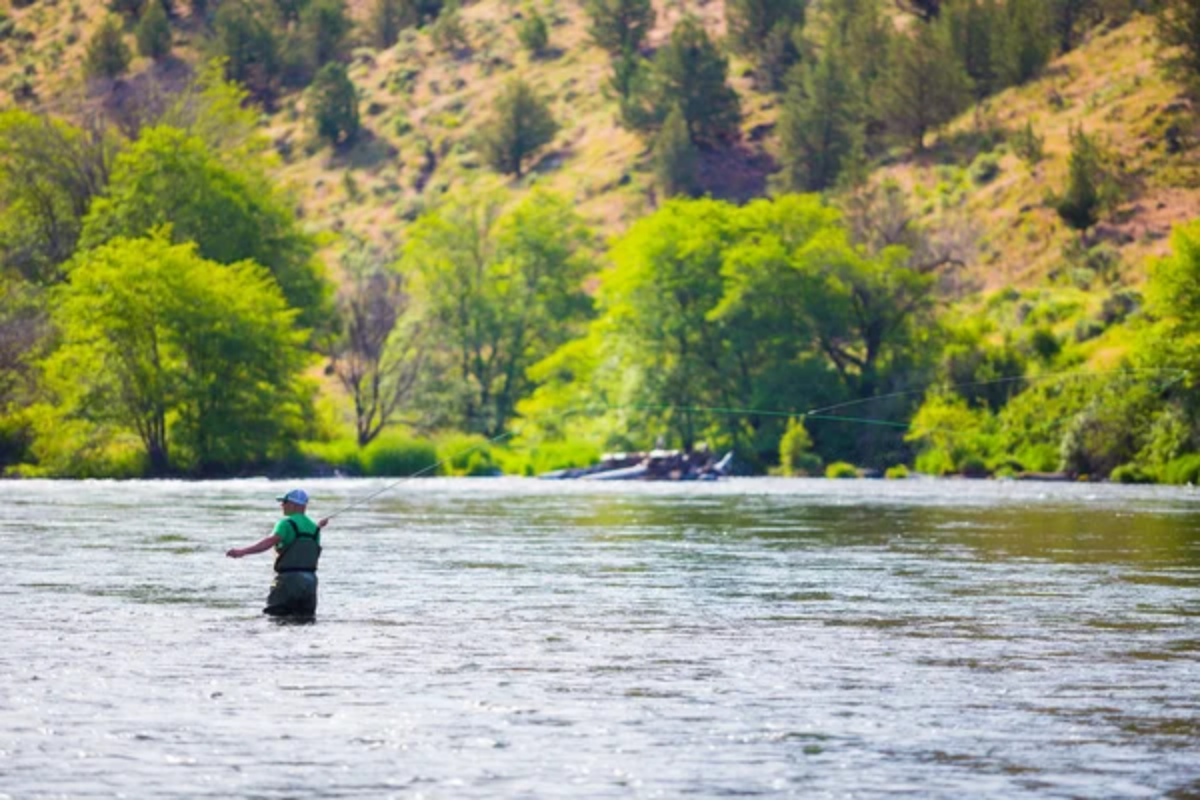
The lower 100 miles of this Central Oregon river have achieved legendary status among fly fishing enthusiasts, with native redside rainbow trout reaching sizes rarely seen in wild populations. The river’s consistent flows and insect hatches create ideal conditions throughout the fishing season, while regulations mandating catch-and-release with barbless hooks have preserved the quality of the fishery.
The surrounding high desert landscape adds to the experience, with golden eagles soaring overhead and deer appearing along shores backed by sagebrush hills. Beyond trout, the river hosts a significant steelhead run that draws anglers during fall months, when these sea-run rainbow trout return to their natal waters. Access points range from easy roadside pulls to remote sections requiring hiking or rafting, creating options for every level of adventure seeker.
Like Travel Pug’s content? Follow us on MSN.
Forest Bathing in the Hoh Rain Forest
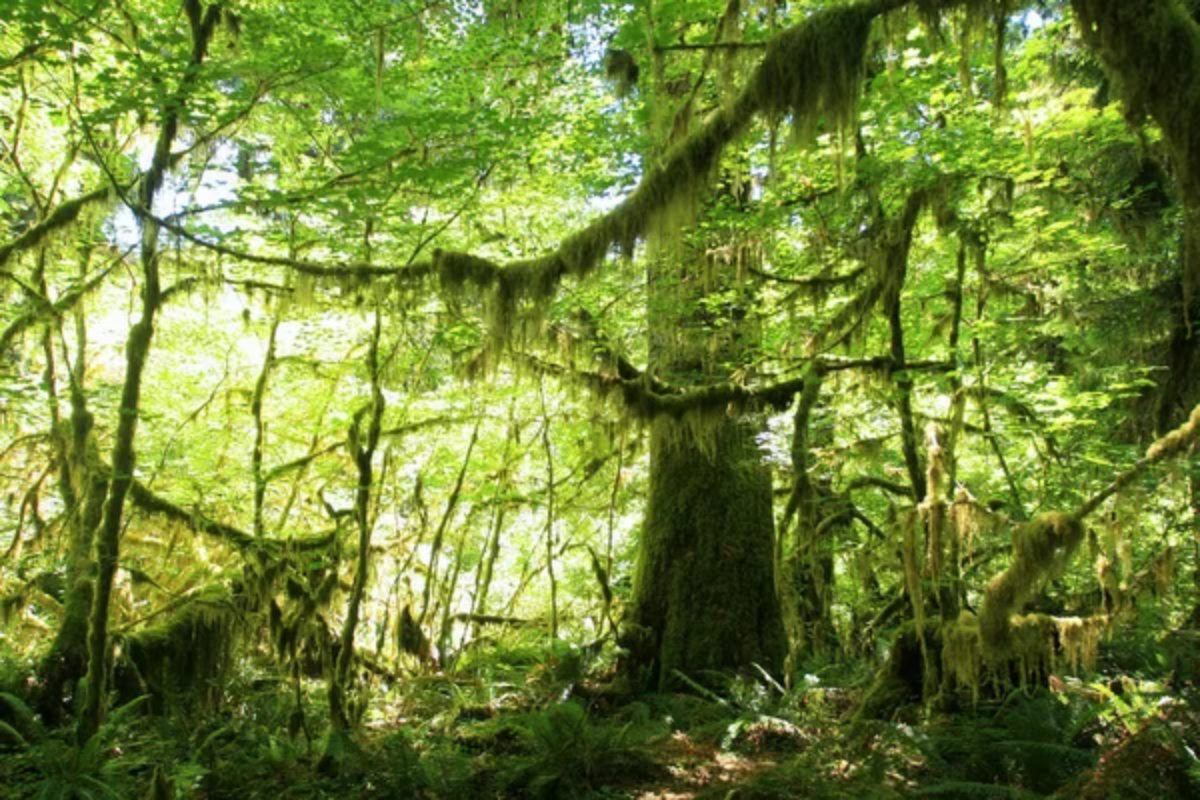
The Japanese practice of shinrin-yoku (forest bathing) finds its perfect American expression in Olympic National Park’s temperate rain forest, where annual precipitation exceeding 140 inches creates an environment of extraordinary lushness. The Hall of Mosses Trail creates the quintessential experience, where massive bigleaf maples draped in vibrant green moss create an almost otherworldly atmosphere.
Unlike more strenuous activities, forest bathing focuses on slow, mindful immersion in the woodland environment, using all senses to connect with nature. The Hoh’s exceptional diversity—from tiny lichens to 300-foot Sitka spruce trees—creates endless opportunities for discovery at every scale. The rain forest’s natural soundscape of dripping water, rustling leaves, and distant bugling elk enhances the meditative experience, while filtered sunlight creates a cathedral-like ambiance when it penetrates the dense canopy.
The Northwest Spirit
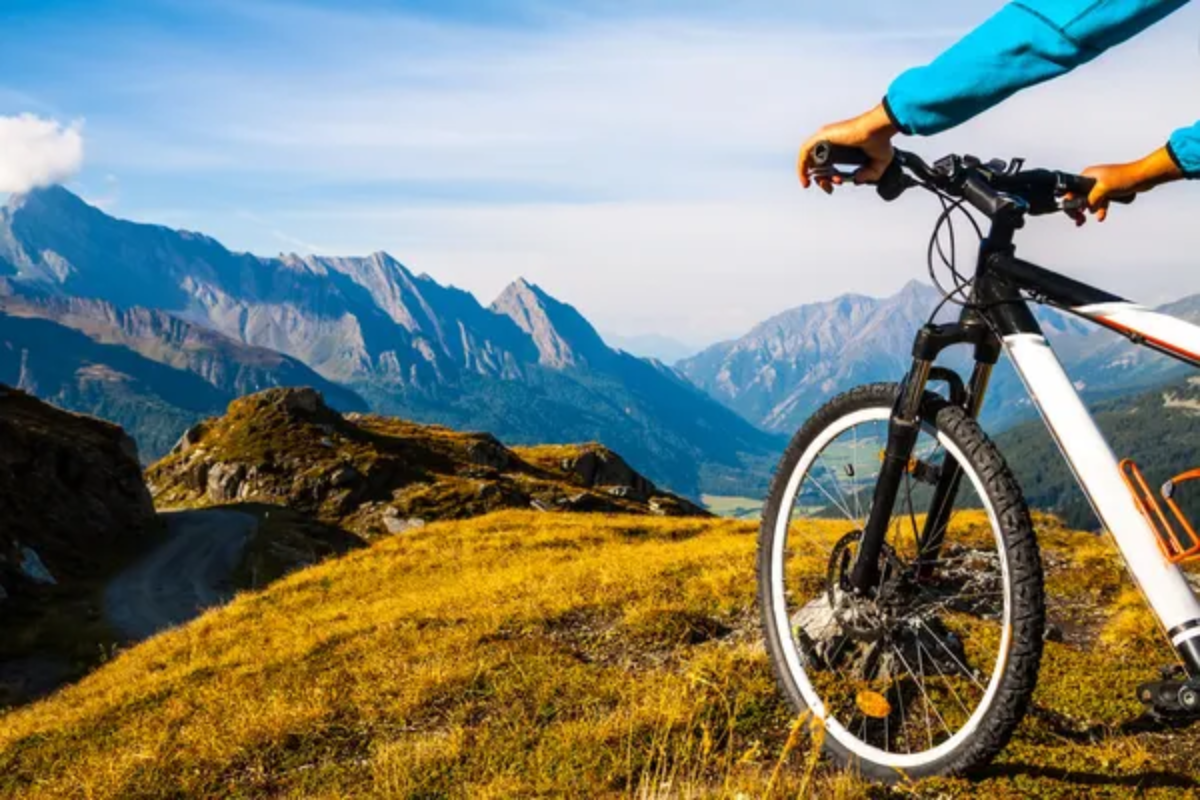
These 18 adventures represent the Pacific Northwest’s remarkable diversity of outdoor experiences, from adrenaline-pumping challenges to contemplative natural immersions. What unites them is the region’s distinctive character—a place where wilderness remains accessible yet powerful, where ancient forests meet volcanic peaks, and where outdoor pursuits form the cultural backbone of local communities.
The Pacific Northwest offers not just activities but transformative experiences that connect participants with both the natural world and themselves. Whether climbing glaciated volcanoes or simply walking among moss-draped trees, these adventures embody the spirit of a region where nature’s grandeur remains the ultimate destination.
More from Travel Pug

- Cities Growing so Fast You Won’t Recognize Them in 10 Years
- 13 Destinations Where Tourists Regularly Regret Their Trip
- 16 U.S. Cities That Are Quietly Becoming Travel Hotspots
- Where to Travel If You Love Long Bus Rides and Daydreams
- 20 Cities Perfect for Solo Travelers Who Crave Adventure & Culture
Like Travel Pug’s content? Follow us on MSN.
